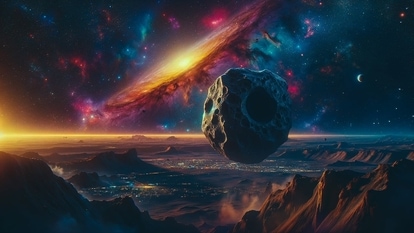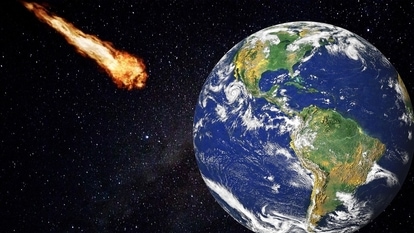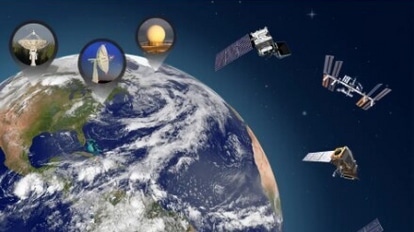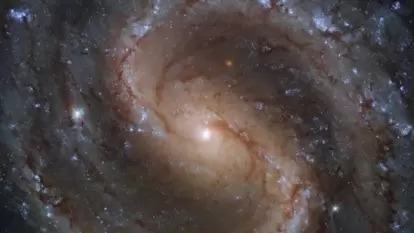NASA warns of horrific solar flares! Earth will be impacted
Our Sun is set to get even more active as it reaches the peak of its 11-year cycle and that means it will be unleashing more volatile solar flares and CMEs. Know what NASA said.

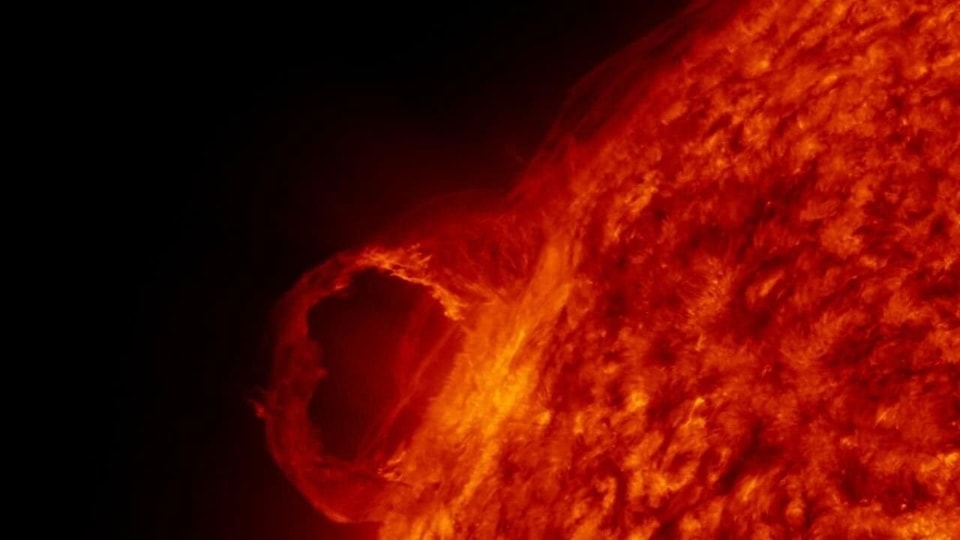

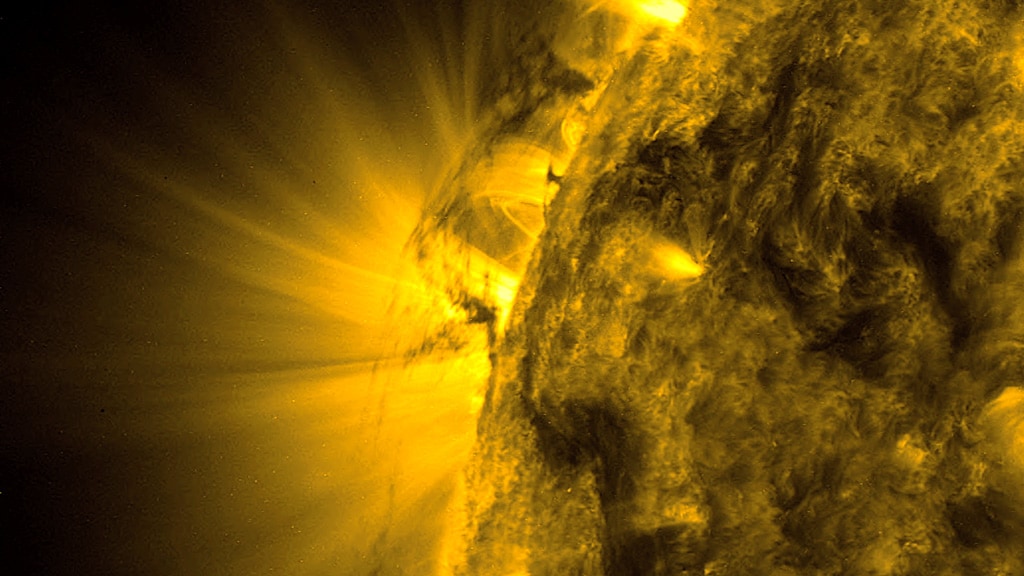
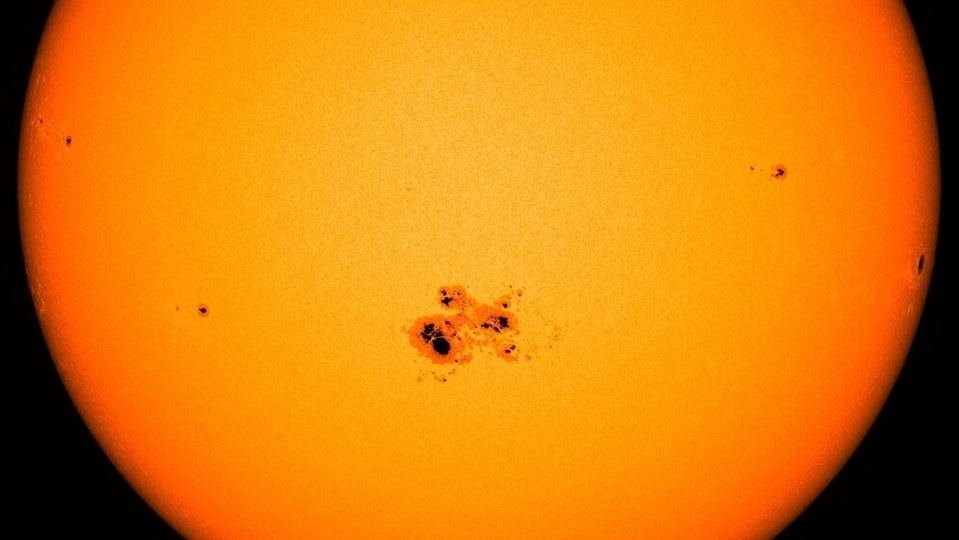
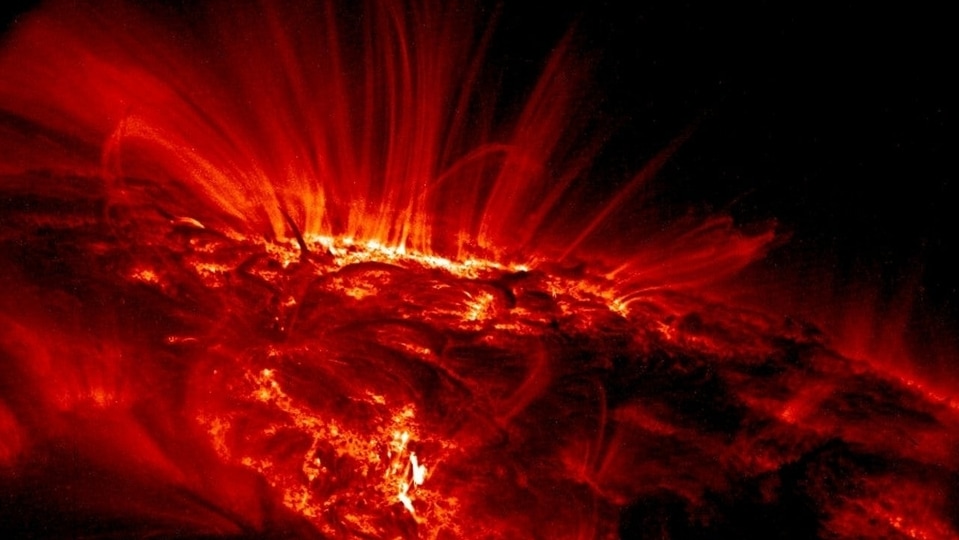
 View all Images
View all ImagesOur Sun is set to get even more active as it reaches the peak of its 11-year cycle and that means it will be unleashing more volatile solar flares and CMEs. Know what NASA said. Solar Flares are the most powerful explosive events in our solar system. And there doesn't seem to be an end to the continuous terror generated by solar flares. In fact, recently, NASA warned that huge solar eruptions are likely to become more frequent as we near solar maximum, which is in 2025.
The sun is currently going through the Solar Cycle 25, which started back in December 2019. During this period, the Sun's activity keeps increasing till it reaches its peak levels during the solar cycle. “Solar events will continue to increase as we near solar maximum in 2025, and our lives and technology on Earth, as well as satellites and astronauts in space, will be impacted,” NASA warned in its latest blog.
Why is Solar activity rising?
A new solar cycle starts every 11 years and dies down at the end. During this period, the Sun transforms its nature from relatively calm to active and stormy and then again quiet, after which a new solar cycle starts. These frequent solar storms are the consequences of the new Solar Cycle 25, which is emitting coronal mass ejections (CME) towards the Earth that results in geomagnetic storms on Earth, which in turn impacts all the electronic and electrical infrastructure there. This means from Internet to power, everything can be impacted if the solar flare is strong enough. Even satellites in space can be destroyed by these solar storms.
NASA says "Huge solar eruptions called coronal mass ejections (CMEs) will likely become more frequent as we approach the peak of the Sun's 11-year activity cycle – called solar maximum – in 2025." The space agency also shared a video showing several CMEs soon after the last solar maximum.
The rise in the frequency of solar flares and solar storms means that it will impact radio communications, electric power grids, and navigation signals on Earth, as well as pose risks to spacecraft and astronauts.
Catch all the Latest Tech News, Mobile News, Laptop News, Gaming news, Wearables News , How To News, also keep up with us on Whatsapp channel,Twitter, Facebook, Google News, and Instagram. For our latest videos, subscribe to our YouTube channel.





